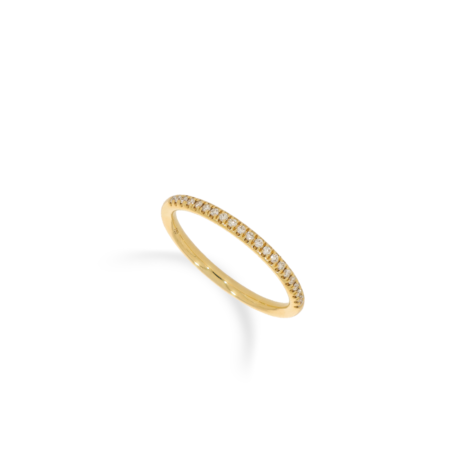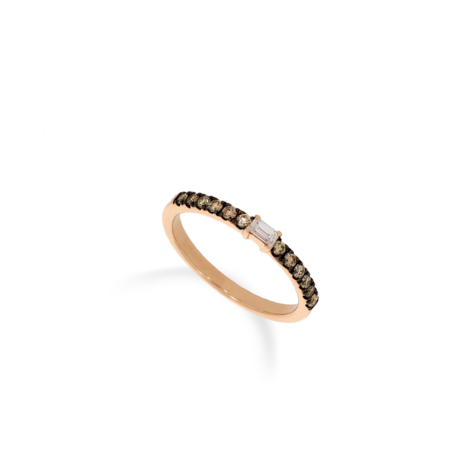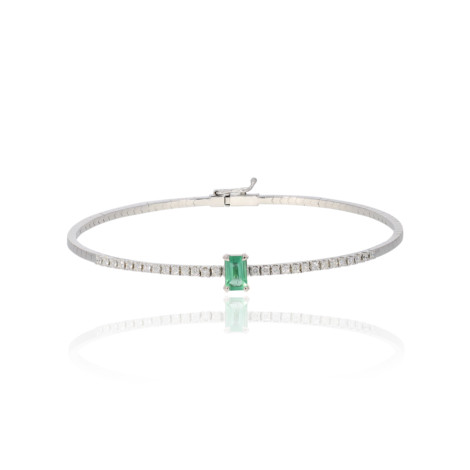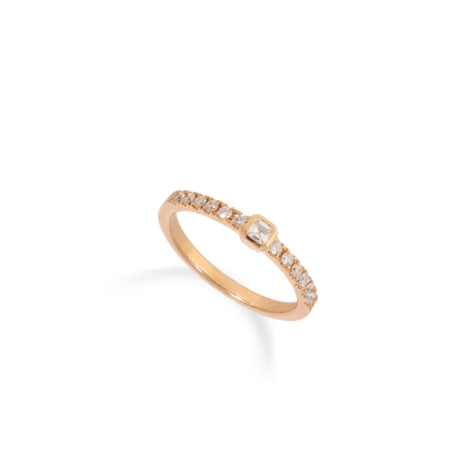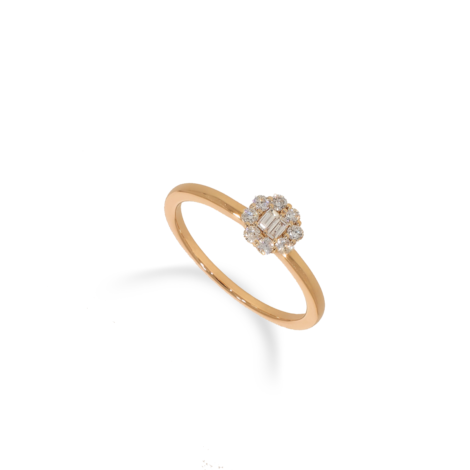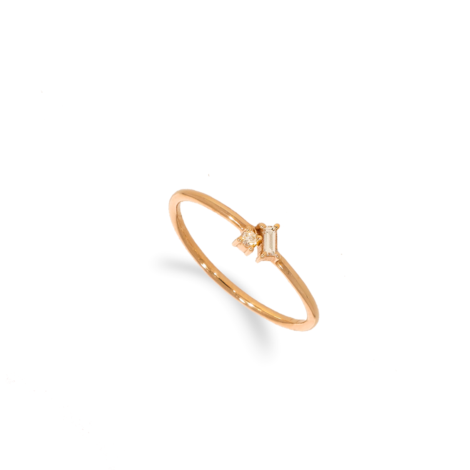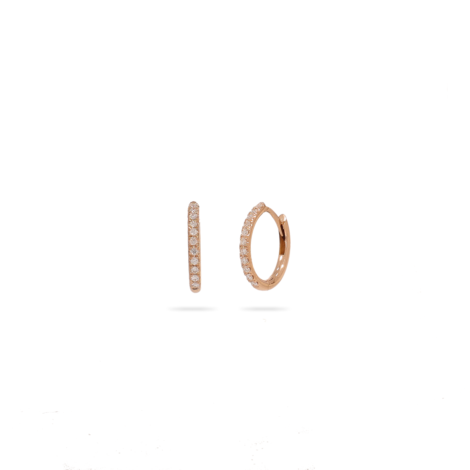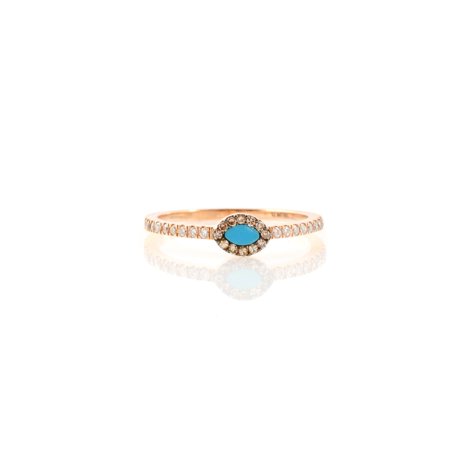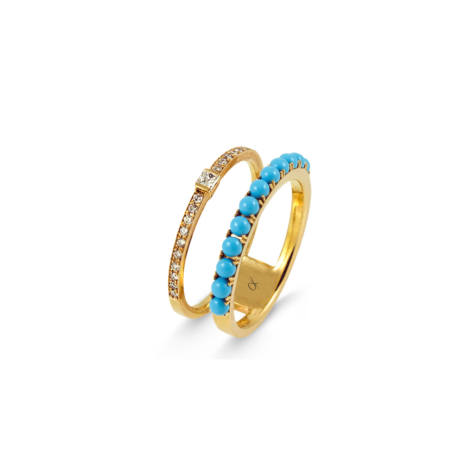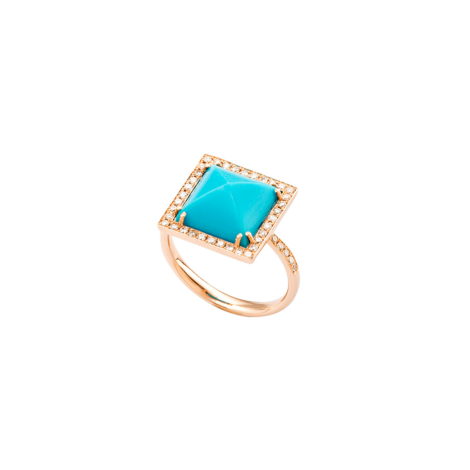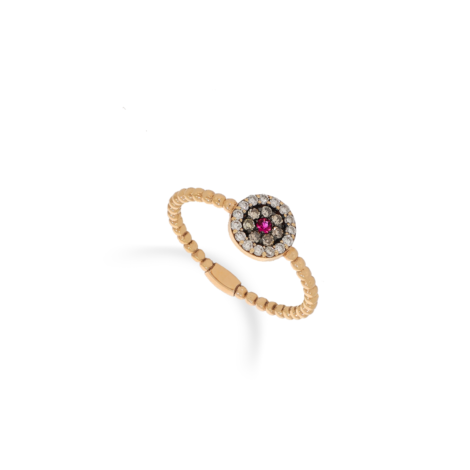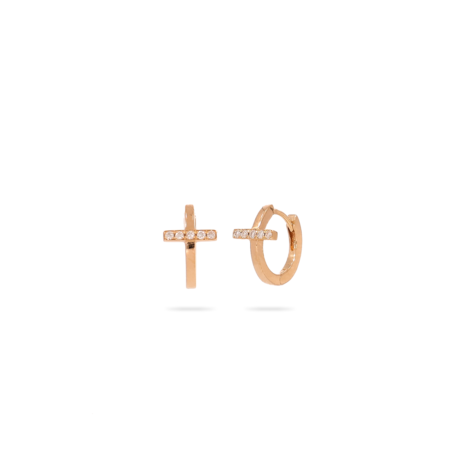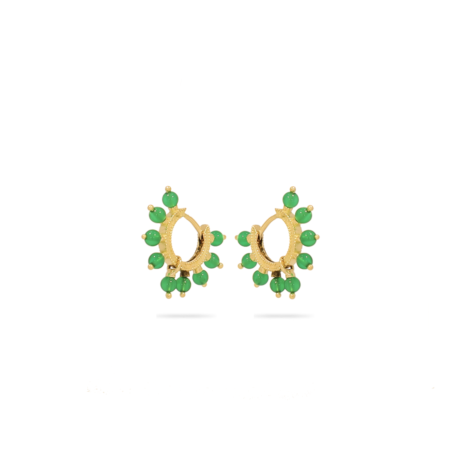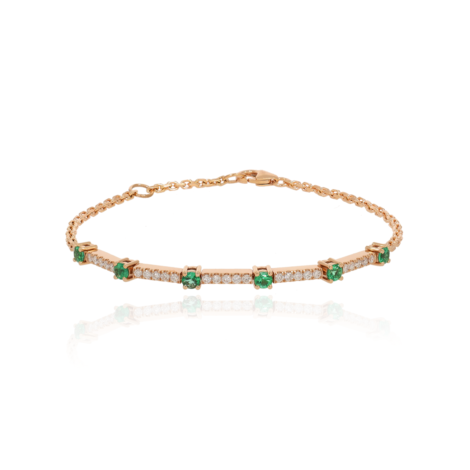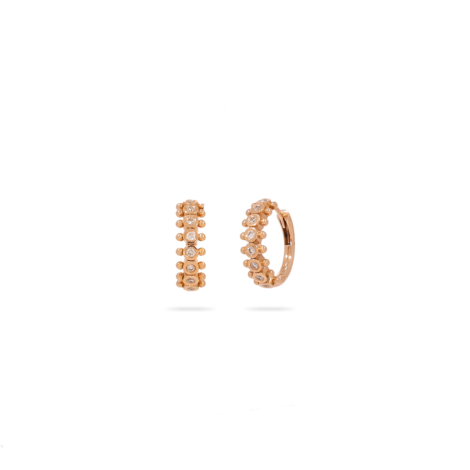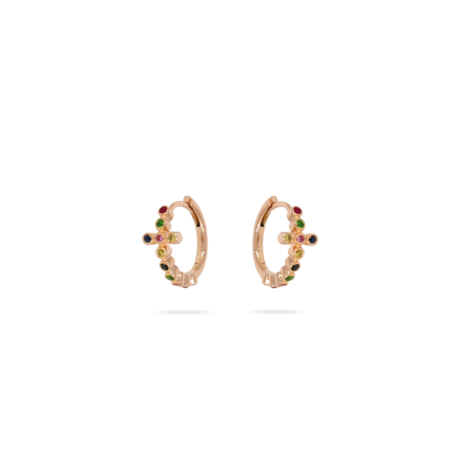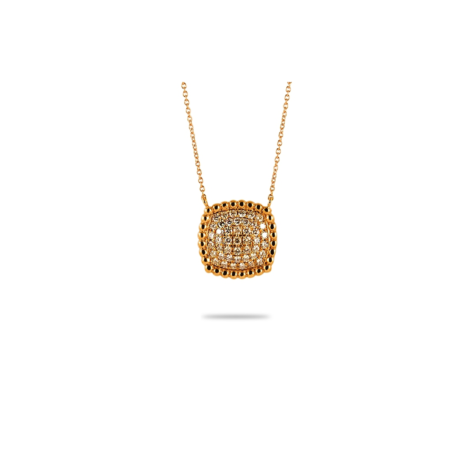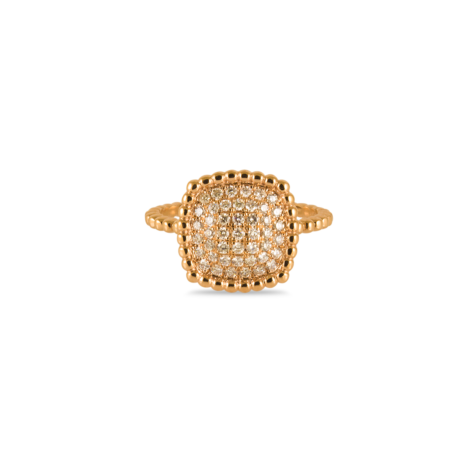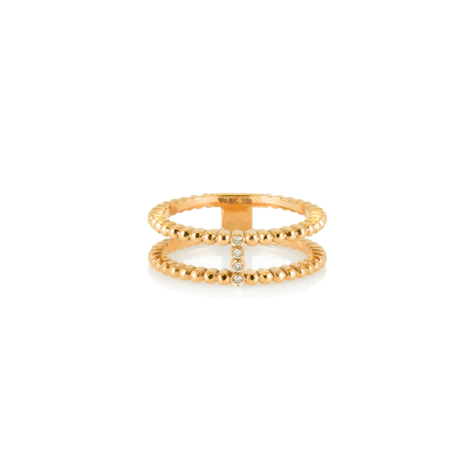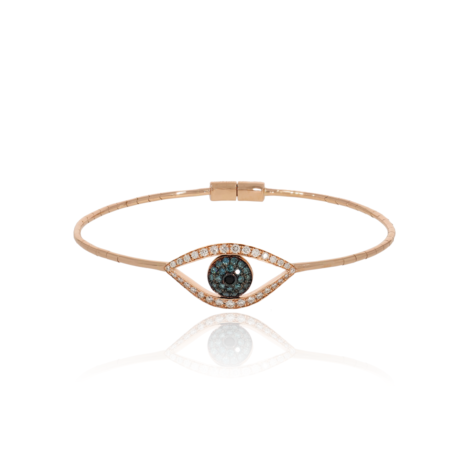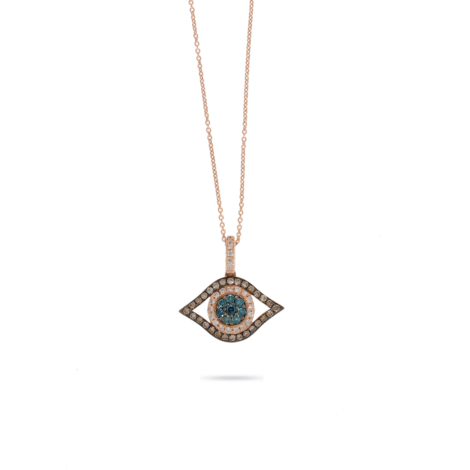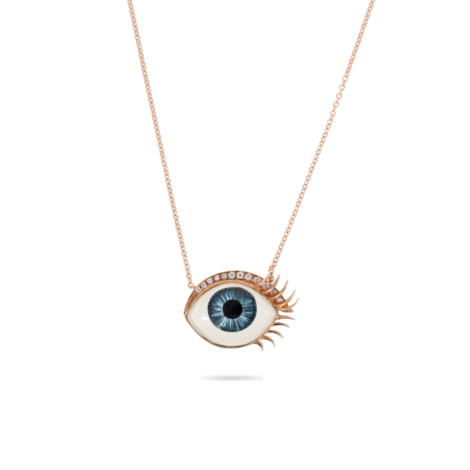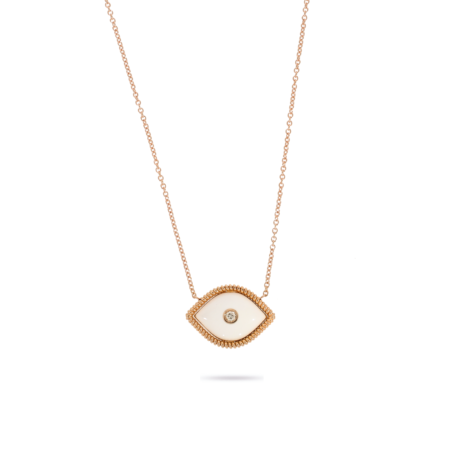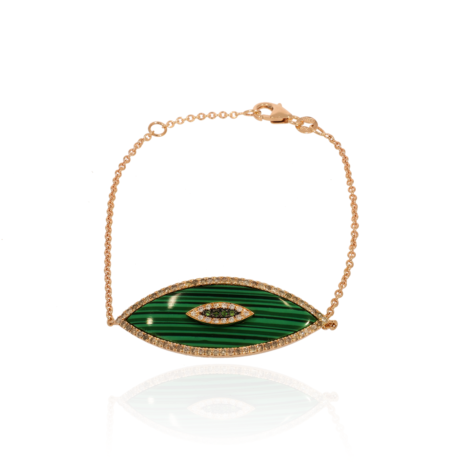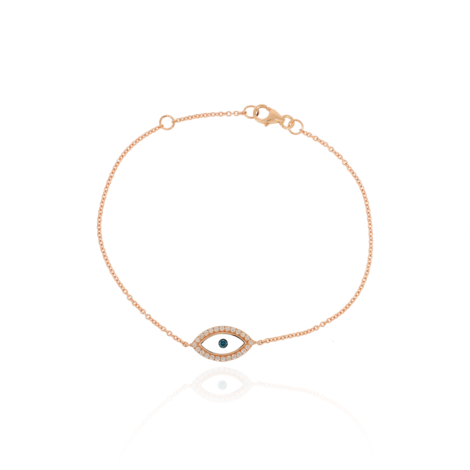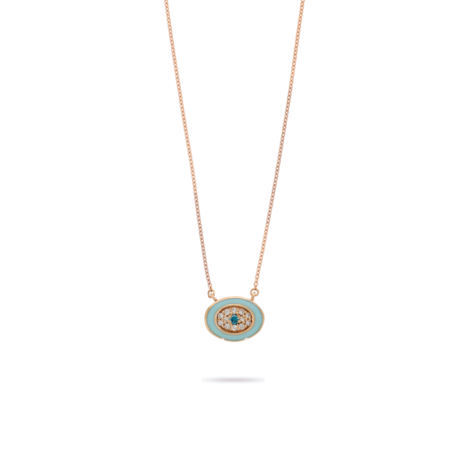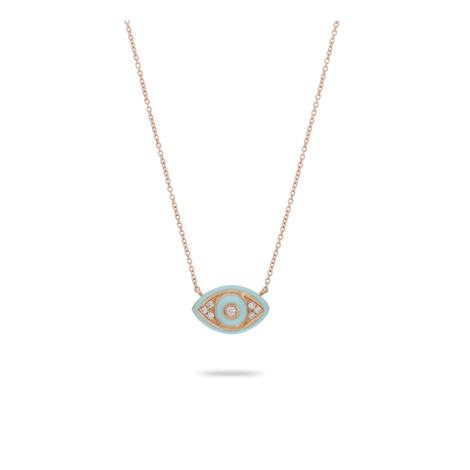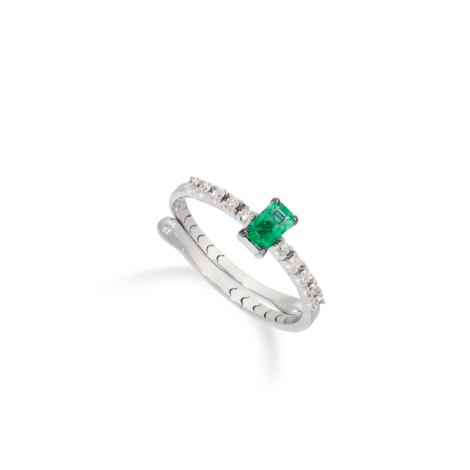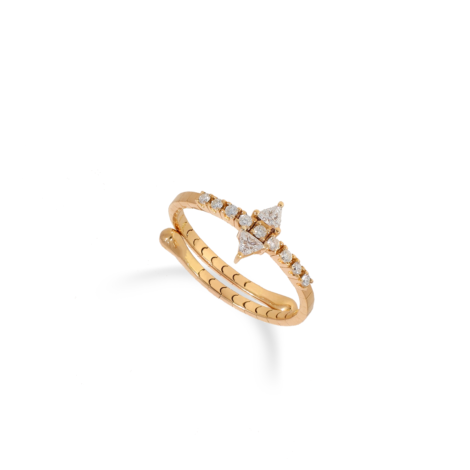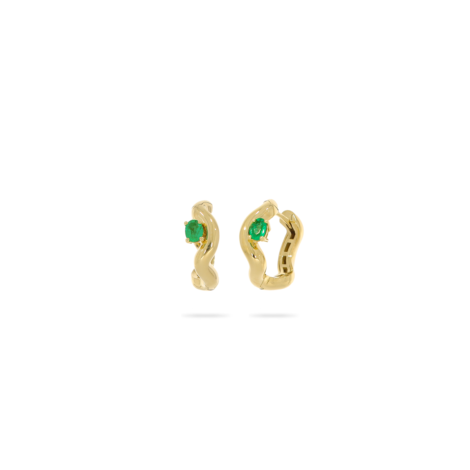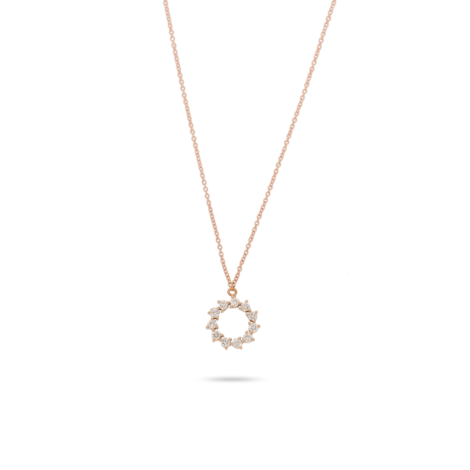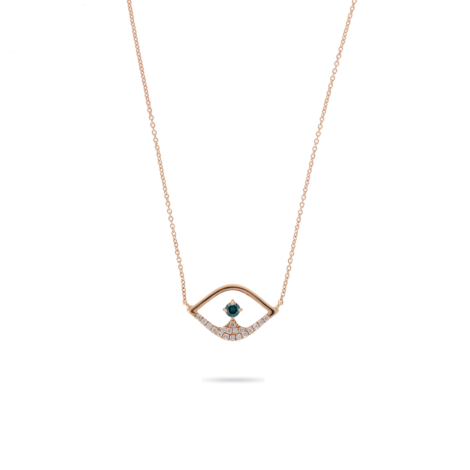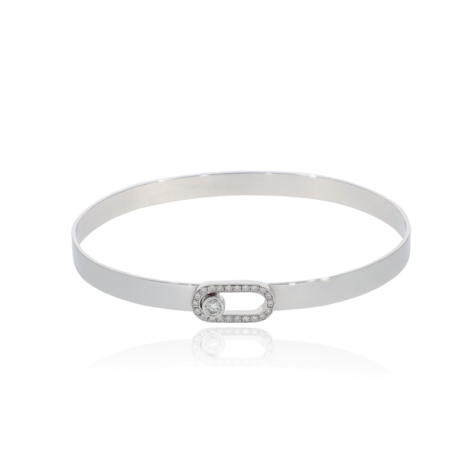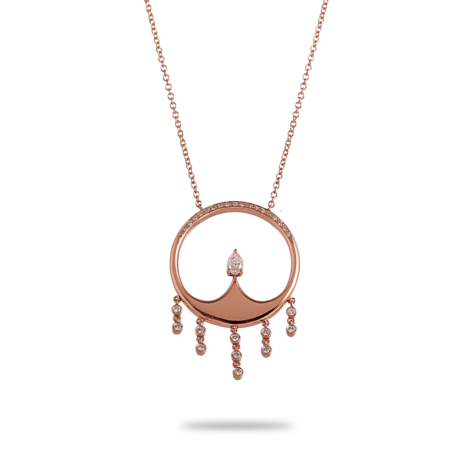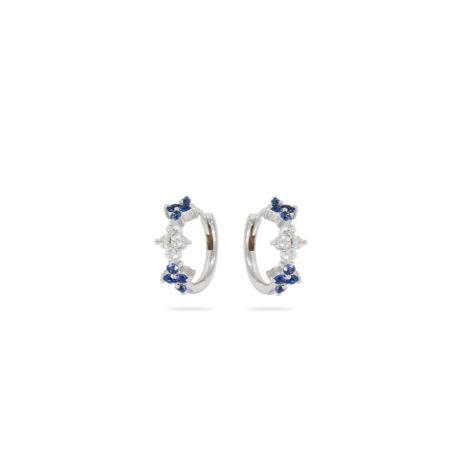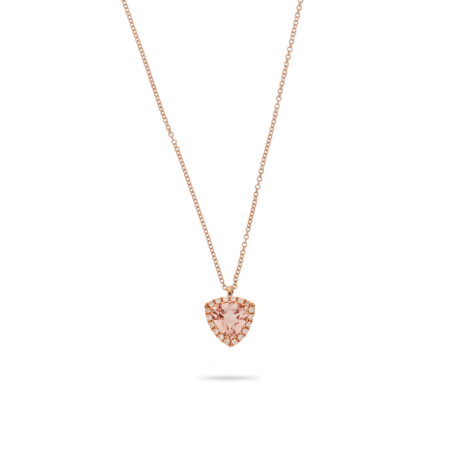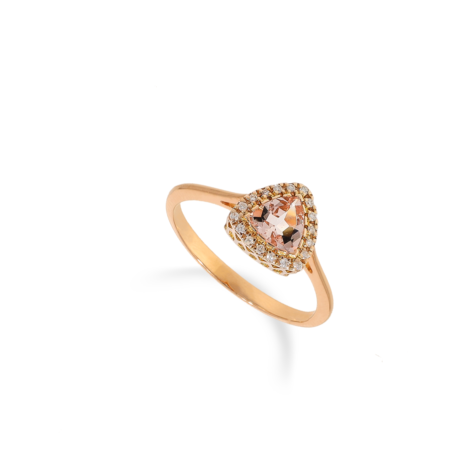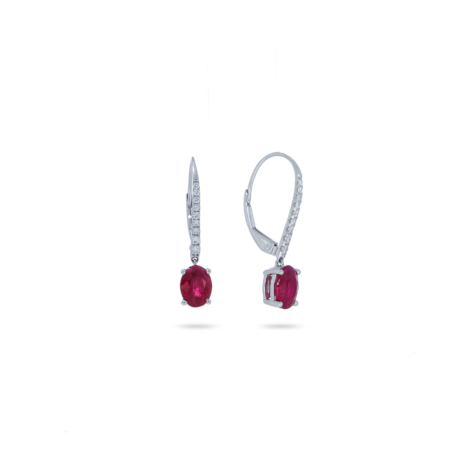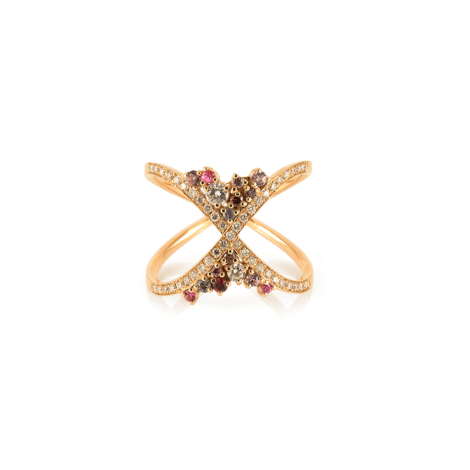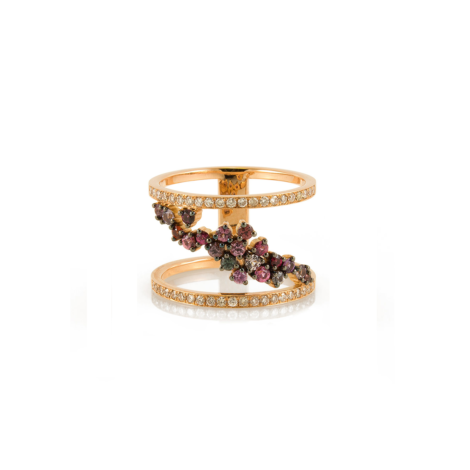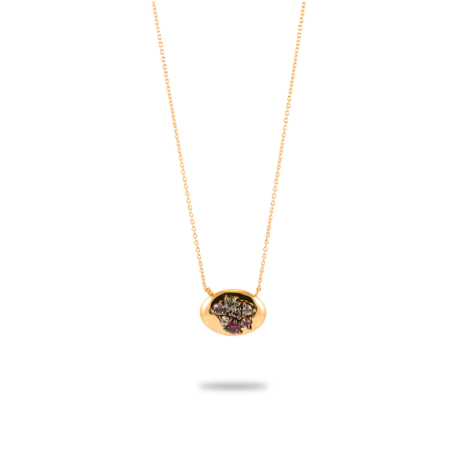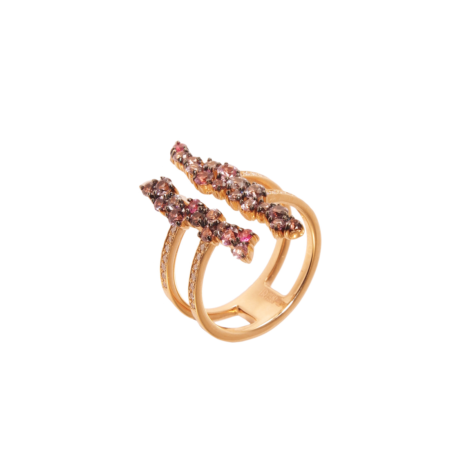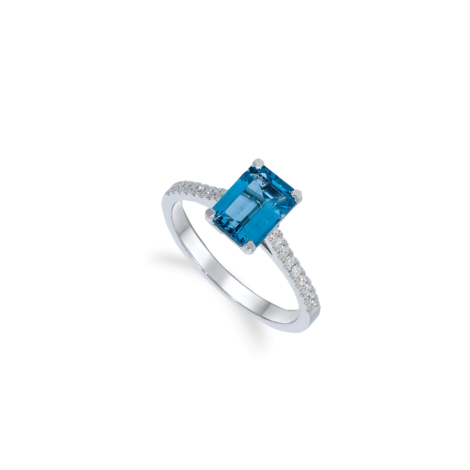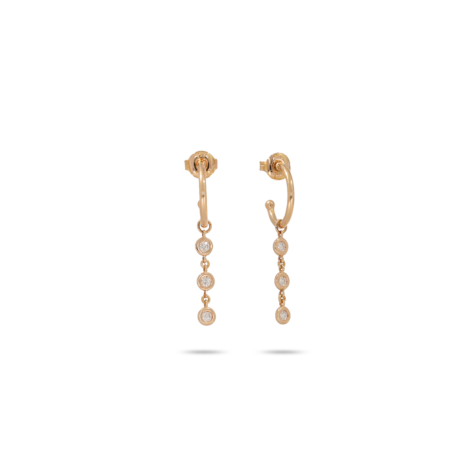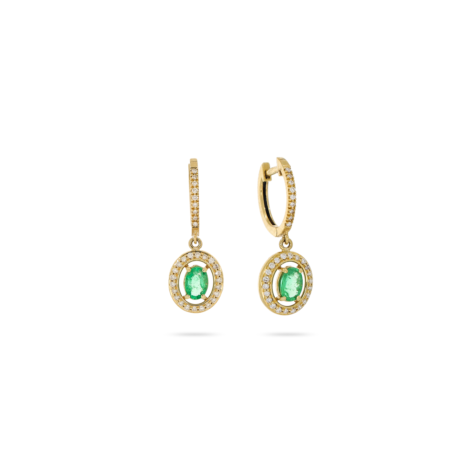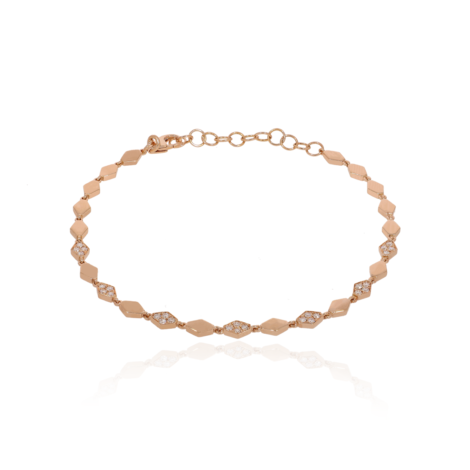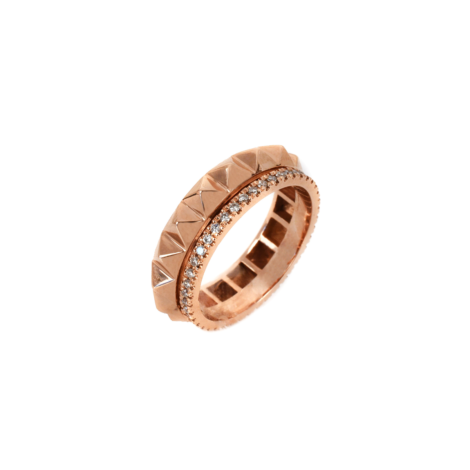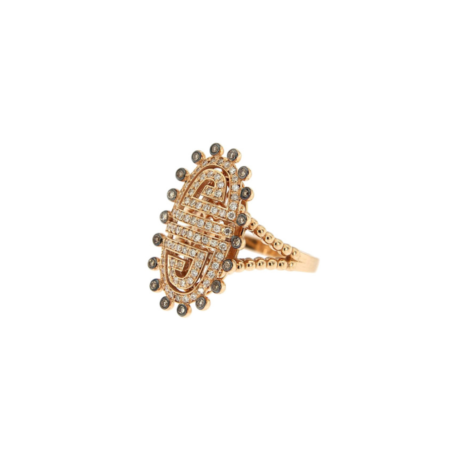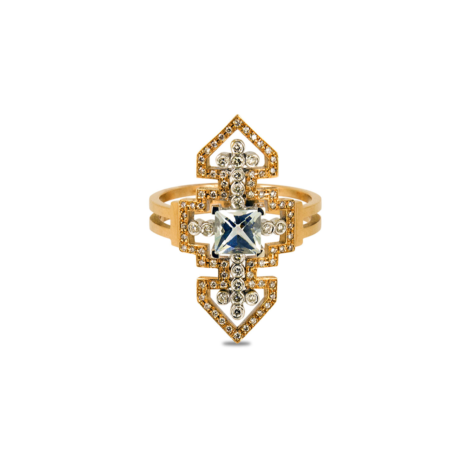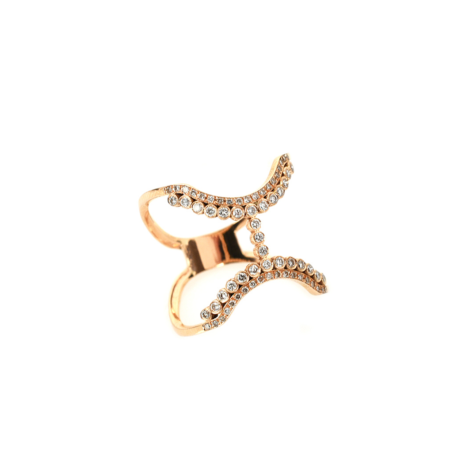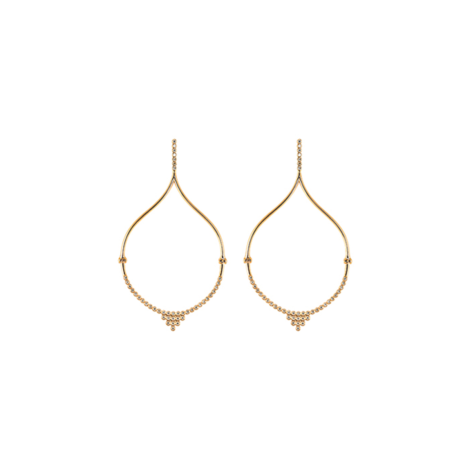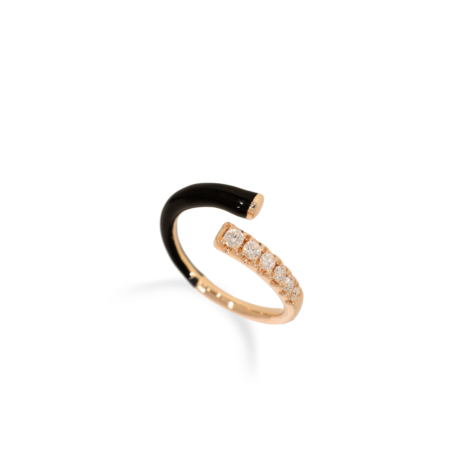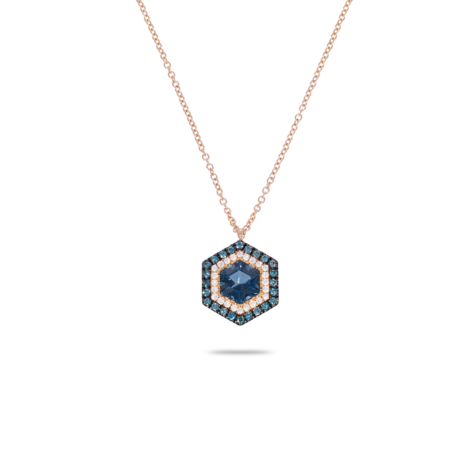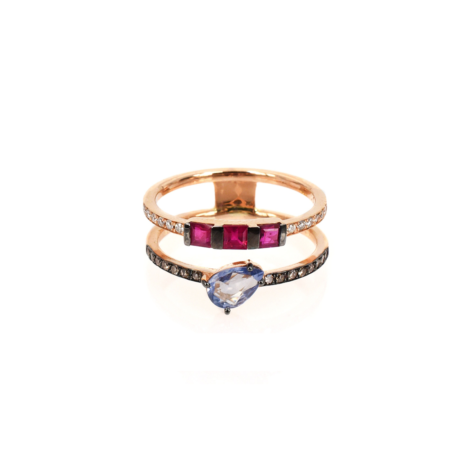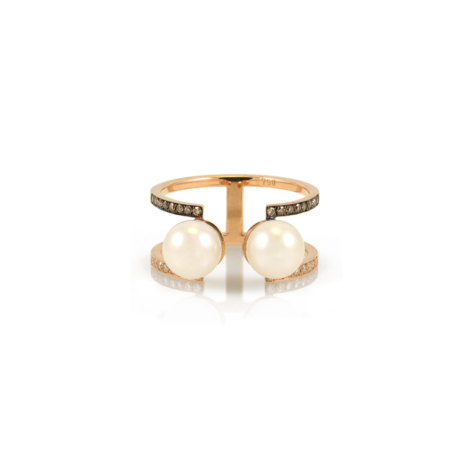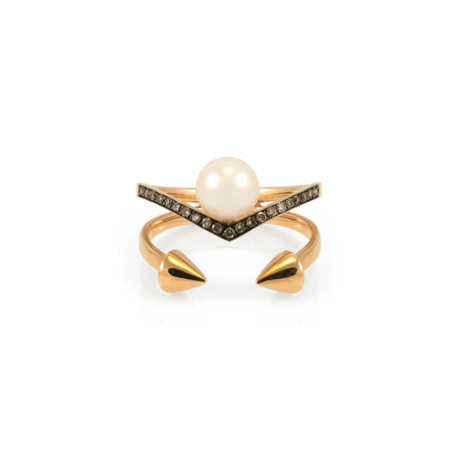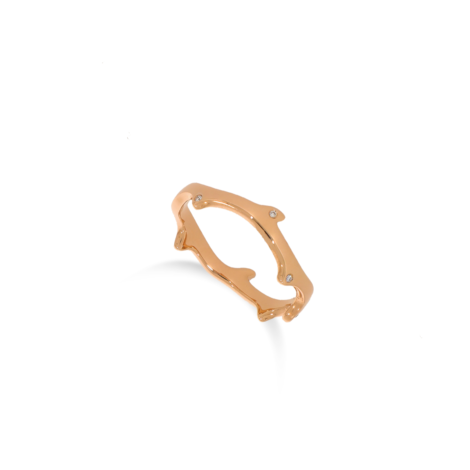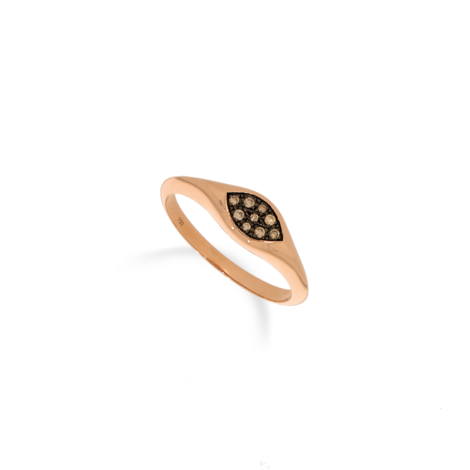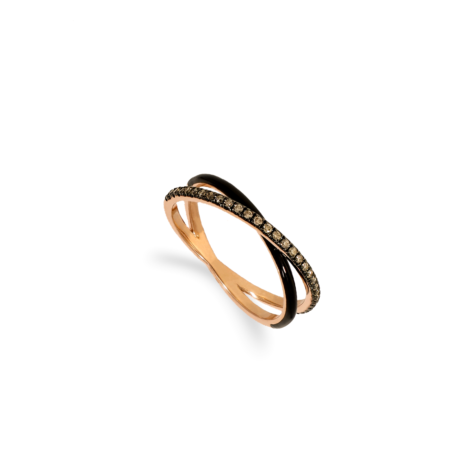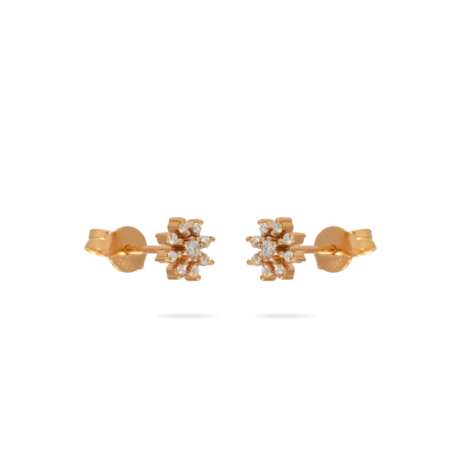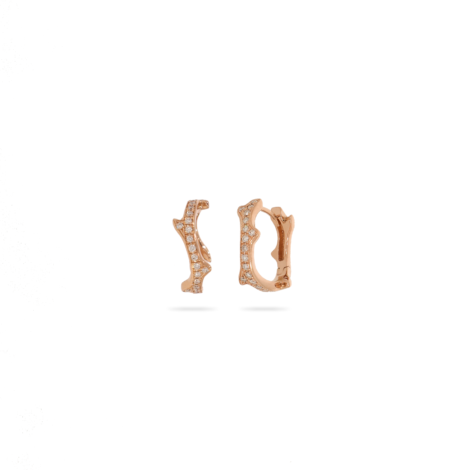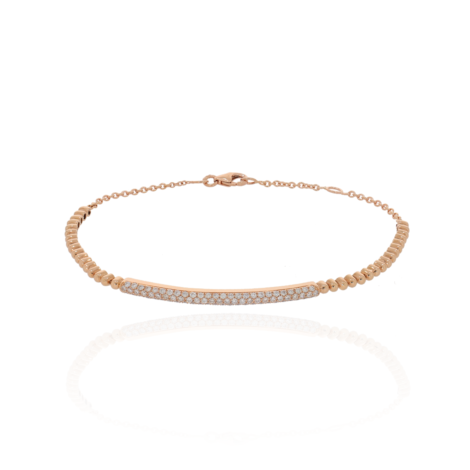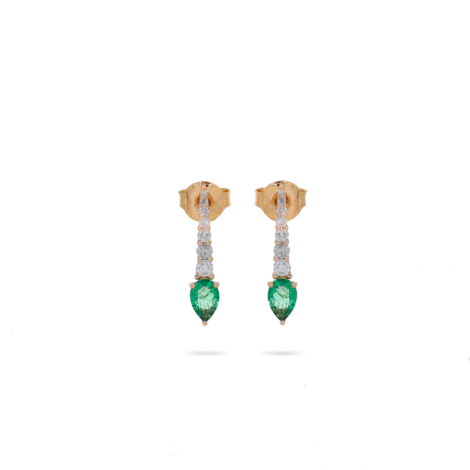Lorem ipsum dolor sit amet, consectetur adipiscing elit. Sed ac augue et leo sollicitudin malesuada sit amet id mauris. Nullam id ante ipsum. Curabitur eleifend, arcu pulvinar sollicitudin laoreet, urna risus bibendum erat, accumsan sagittis tortor sapien vel est.
Vivamus vestibulum, ante quis molestie faucibus, ante dui bibendum nibh, scelerisque efficitur orci purus nec sapien. Sed egestas vehicula dolor, in malesuada nulla dapibus id.
Euterpe Collection
Daughter of music.
Later she was called the muse of lyrical poetry.
Initially, she belonged to Dionysus’ sequence. Her symbol was the double lumen.
Diamond ring rosette
€1,494.00Thalia Collection
Muse of Bucolic Poetry and Comedy.
She is depicted with ivy wreath, holding a theater mask in her right hand and a stick in the left.
Turquoise Diamond Bangle
€1,880.00Polyhymnia Collection
Initially the muse that inspired the hymns and songs
that honored the gods.
In the representations, we see her standing thoughtfully with a long mantle and a veil.
Urania Collection
Muse of astronomy and astrology.
She is usually depicted holding diabetes in the right hand and a celestial sphere in the left.
Bracellet midnight sun eye
€3,794.00Necklace midnight sun eye
€2,511.00Necklace creepy eye
€1,519.00Double chain eye
€1,380.00Summer eye necklace
€769.00Ιsland eye necklace
€890.00Terpsichore Collection
Muse and goddess of dance and chorus.
Her name comes from the Greek words TERPO “delight” and CHORUS “dance”.
We usually see her sitting and holding a lyre.
Wavy hoops with emerald
€1,503.00Top Style Bangle Bracelet
€2,978.00Ruby Parallel Connection
€1,370.00Erato Collection
Muse of Hymenaeus and erotic poetry.
Her symbol was lyra.
The name would mean “desired” or “lovely”, like these desirable multicolor designs.
Discreet ruby ring
€775.00X-shaped Multi-Colour Ring
€2,010.00Legendary Multi-Colour Ring
€1,840.00Two Rows Multi-color Ring
€1,996.00Clio Collection
Muse of History.
Her symbols were the trumpet and the hourglass.
She is depicted with parchments and a laurel wreath on her head.
London blue Topaz ring
€1,596.00Rhombus bracellet
€2,170.00New Age Maiandros Ring
€3,470.00Drop Hoop Diamond Earrings
€3,162.00Calliope Collection
She was the first of all and most respected, protector of epic poetry, a muse of eagle.
She is usually depicted with a gold wreath on her head, holding a board and a pen and often with the Homeric epic on her knees.
Square shaped ring
€2,991.00Double ring with emeralds
€1,798.00Triple D Ring
€1,569.00Elastic Snake Diamond Ring
€1,590.00Faced Cones Double Ring
€1,147.00Melpomene Collection
Muse of Tragedy.
She is depicted besides Dionysus, wearing a tragic mask or holding the tragic mask in oe hand and a knife in the other.

